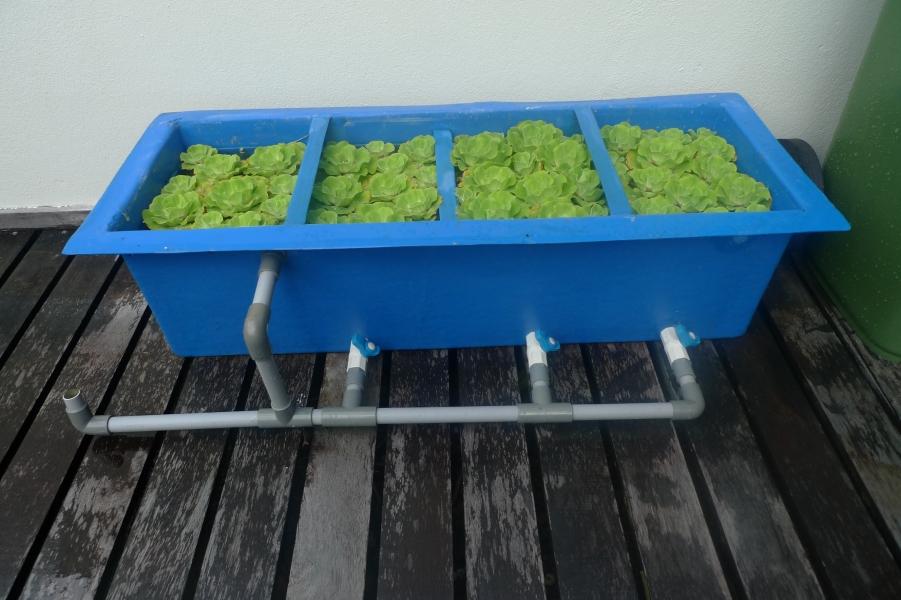A Comprehensive Guide to Japanese Koi Pond Filtration Systems
Introduction
A Japanese koi pond is a beautiful addition to any garden. However, keeping the water clean and clear can be a challenge. That’s where a filtration system comes in. In this article, we will be discussing the various types of Japanese koi pond filtration systems, their pros and cons, and how to maintain them.
What is a Japanese Koi Pond Filtration System?
A koi pond filtration system is designed to remove excess waste, debris, and other toxins from the pond water, ensuring that the water stays clean and healthy for the koi fish. A Japanese koi pond filtration system is unique because it incorporates elements of traditional Japanese garden architecture to enhance the aesthetic appeal of the pond.
Types of Japanese Koi Pond Filtration Systems
1. Gravity Filters
Gravity filters are the most common type of koi pond filtration system. They work by using gravity to separate solid waste from the water. Water flows through the filter, and the waste is collected in a separate chamber. Gravity filters come in different sizes and can be used for ponds of all sizes.

2. Pressure Filters
Pressure filters are similar to gravity filters, but they use pressure to force water through a filter media. They are more efficient than gravity filters because they can trap smaller particles, but they require more maintenance.

3. Bead Filters
Bead filters use tiny beads to filter out waste particles. They are very effective and require less maintenance than other filters. However, they are also more expensive.

Factors to Consider When Choosing a Filtration System
When choosing a Japanese koi pond filtration system, you need to consider the following factors:
1. Pond Size
The size of your pond will determine the type and size of the filtration system you need. Larger ponds require more powerful filters to keep the water clean.
2. Koi Fish Population
The more koi fish you have, the more waste they produce. You will need a filtration system that can handle the additional waste.
3. Budget
Filtration systems can be expensive. You need to consider your budget when choosing the right system for your pond.
Maintenance Tips for Japanese Koi Pond Filtration Systems
Maintaining your filtration system is essential to keeping your pond water clean and healthy. Here are some tips:
1. Regular Cleaning
Regularly clean your filters to prevent clogs and buildup. Clogged filters reduce the efficiency of the filtration system and can lead to poor water quality.
2. Check Water Quality
Monitor the water quality of your pond regularly. Test the pH, ammonia, and nitrite levels. If there are any spikes or changes, it may indicate a problem with your filtration system.
3. Replace Filter Media
Over time, the filter media will become saturated with waste and debris. Replace the filter media at regular intervals to ensure the filtration system is working efficiently.
Conclusion
A Japanese koi pond is a beautiful addition to any garden, but it requires proper maintenance to keep the water clean and healthy for the koi fish. By choosing the right filtration system and following the maintenance tips outlined in this article, you can ensure a healthy and vibrant koi pond for years to come.